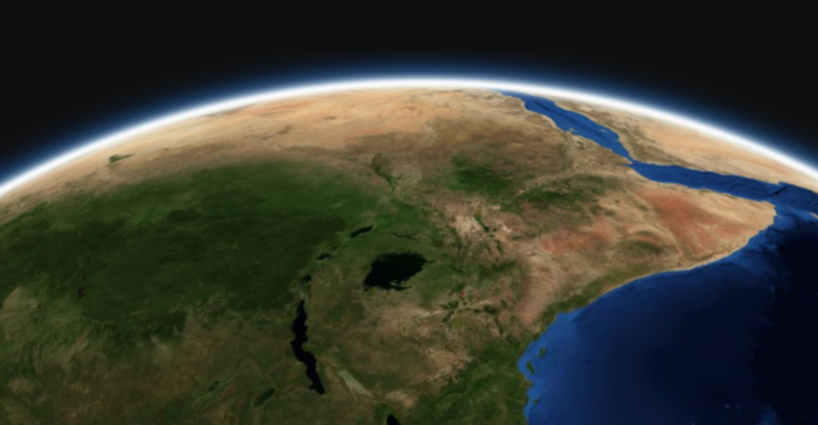The pyBacktrack software package allows the backtracking of the paleo-water depth of ocean drill sites, providing a framework for reconstructing the accumulation history of sediment components through time. The software incorporates the effects of decompaction of common marine lithologies and allows backtracking of sites on both oceanic and continental crust. Backtracking on ocean crust is based on a user-selected lithospheric age-depth model and the present-day unloaded basement depth. Backtracking on continental crust is based on syn-rift and post-rift subsidence that is modelled using the total sediment thickness at the site and the timing of the transition from rifting to thermal subsidence. On sites that did not penetrate basement, the age-coded stratigraphy is supplemented with a synthetic stratigraphic section that represents the undrilled section, whose thickness is estimated using a global sediment thickness map. This is essential for estimating the decompacted thickness of the total sedimentary section, and thus bathymetry, through time. PyBacktrack further allows the consideration of the effects of mantle-convection driven dynamic topography on paleo-water depth. The user can select one of the dynamic topography models bundled with pyBacktrack or add other models. PyBacktrack runs on all platforms with a Python 2.7 and apyGPlates installation and is available.
Link to the paper pdf file here:
and to the source code here:
https://github.com/EarthByte/pyBacktrack
![]()

